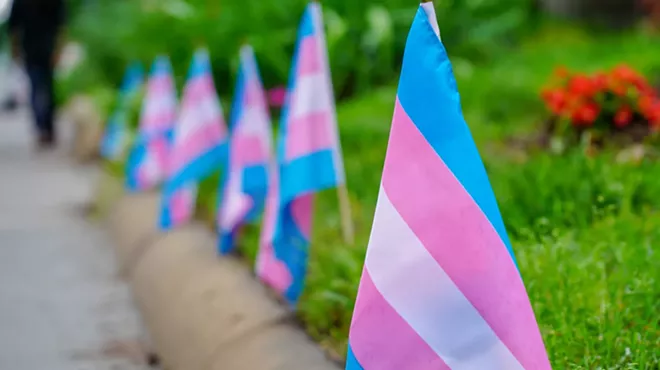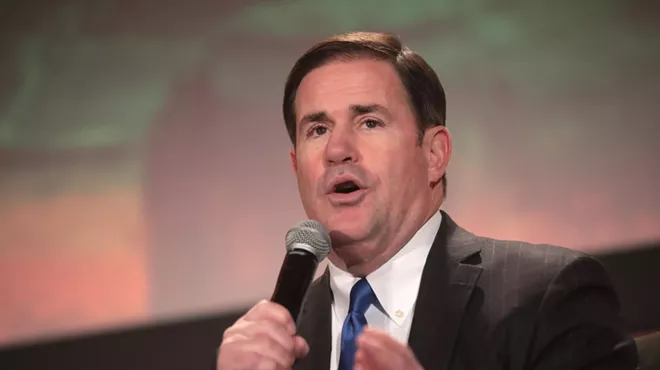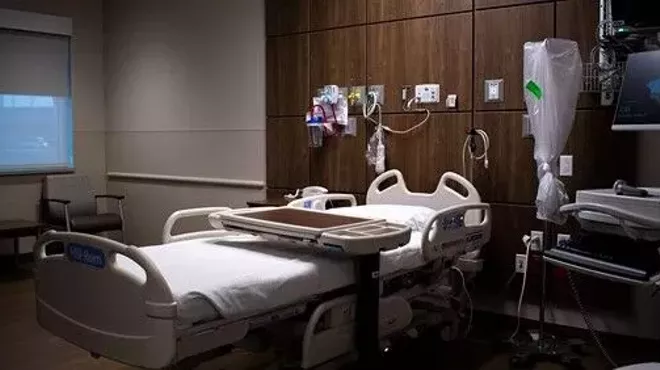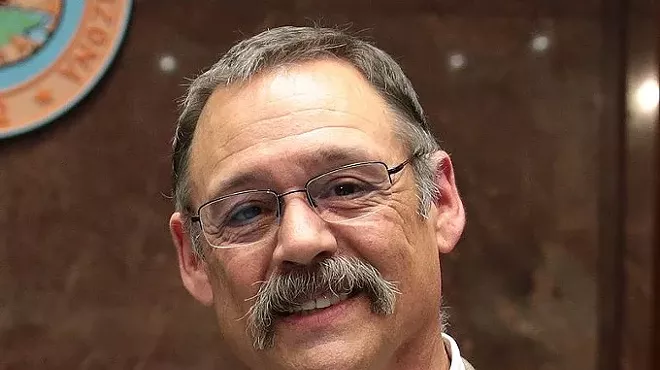Monday, August 3, 2020
Nobody Accurately Tracks Health Care Workers Lost to COVID-19. So She Stays Up At Night Cataloging the Dead.
Page 2 of 5
It’s been clear since the beginning of the pandemic that health care workers faced unique, sometimes extreme risks from COVID-19. Five months later, the reality is worse than most Americans know. Through the end of July, nearly 120,000 doctors, nurses and other medical personnel had contracted the virus in the U.S., the CDC reported; at least 587 had died.Even those numbers are almost certainly “a gross underestimate,” said Kent Sepkowitz, an infectious disease specialist at Memorial Sloan Kettering Cancer Center in New York City who has studied medical worker deaths from HIV, tuberculosis, hepatitis and flu. Based on state data and past epidemics, Sepkowitz said he’d expect health care workers to make up 5% to 15% of all coronavirus infections in the U.S. That would put the number of workers who’ve contracted the virus at over 200,000, and maybe much higher. “At the front end of any epidemic or pandemic, no one knows what it is,” Sepkowitz said. “And so proper precautions aren’t taken. That’s what we’ve seen with COVID-19.”
Meanwhile, the Centers for Medicare and Medicaid Services reports at least 767 deaths among nursing home staff, making the work “the most dangerous job in America,” a Washington Post op-ed declared. National Nurses United, a union with more than 150,000 members nationwide, has counted at least 1,289 deaths among all categories of health care professionals, including 169 nurses.
The loss of so many dedicated, deeply experienced professionals in such an urgent crisis is “unfathomable,” said Christopher Friese, a professor at the University of Michigan School of Nursing whose areas of study include health care worker injuries and illnesses. “Every worker we’ve lost this year is one less person we have to take care of our loved ones. In addition to the tragic loss of that individual, we’ve depleted our workforce unnecessarily when we had tools at our disposal” to prevent wide-scale sickness and death.
One of the most potentially powerful tools for battling COVID-19 in the medical workforce has been largely missing, he said: reliable data about infections and deaths. “We don’t really have a good understanding of where health care workers are at greatest risk,” Friese said. “We’ve had to piece it together. And the fact that we’re piecing it together in 2020 is pretty disturbing.”
The CDC and the Department of Health and Human Services did not respond to ProPublica’s questions for this story.
Learning from the sick and dead ought to be a national priority, both to protect the workforce and to improve care in the pandemic and beyond, said Patricia Davidson, dean of the Johns Hopkins School of Nursing. “It’s critically important,” she said. “It should be done in real time.”
But data collection and transparency have been among the most glaring weaknesses of the U.S. pandemic response, from blind spots in the public health system’s understanding of COVID-19 in pregnancy to the sudden removal of hospital capacity data from the CDC’s website, later restored after a public outcry. The Trump administration’s sudden announcement in mid-July that it was wresting control over hospital coronavirus data from the CDC has only intensified the concerns.
“We’d be the first to agree that the CDC has been deficient” in its data gathering and deployment, said Jean Ross, a president of National Nurses United. “But it’s still the most appropriate federal agency to do this, based on clear subject-matter expertise in infectious diseases response.”
The CDC’s basic mechanism for collecting information about health care worker infections has been the standard two-page coronavirus case report form, mostly filled out by local health departments. The form doesn’t request much detail; for example, it doesn’t ask for employers’ names. Information is coming in delayed or incomplete; the agency doesn’t know the occupational status of almost 80% of people infected.
The data about infections and deaths among nursing home staff is more robust, thanks to a rule that went into effect in April that requires facilities to report directly to the CDC. The agency told Kaiser Health News that it is also “conducting a 14-state hospital study and tapping into other infection surveillance methods” to monitor health care worker deaths.
Another federal agency, the U.S. Occupational Safety and Health Administration, investigates worker infections and deaths on a complaint basis and has prioritized COVID-related cases about the health care industry. But it has suggested that most employers are unlikely to face any penalties and has issued only four citations related to the outbreak, to a Georgia nursing home that delayed reporting the hospitalization of six staffers and three Ohio care centers that violated respiratory protection standards. Of the more than 4,500 complaints OSHA has received about COVID-19-related working conditions in the medical industry, it has closed nearly 3,200, a ProPublica analysis found.
Data problems aren’t just a federal issue; many states have fallen short in collecting and reporting information about health care workers. Arizona, where cases have been surging, told ProPublica, “We do not currently report data by profession.” The same goes for New York state, though a report in early July hinted at just how devastating the numbers there might be: 37,500 nursing home employees, about a quarter of the state’s nursing home workforce, were infected with the coronavirus from March through early June. Other states, including Florida, Michigan and New Jersey, provide data about employees at long-term facilities but not about health care workers more broadly. “We are not collecting data on health care worker infections and/or health care worker deaths from COVID-19,” a spokesperson for the Michigan Health Department said in an email.
This problem is global. Amnesty International, in a July report, pointed to widespread data gaps as part of a broader suppression of information and rights that has left workers in many countries “exposed, silenced [and] attacked.” In Britain, where more than 540 medical workers have died in the pandemic, the advocacy group Doctors’ Association UK has begun legal action to force a government inquiry into shortages of personal protection equipment in the National Health Service and “social care” facilities such as nursing homes. And in May, more than three months after the first known medical worker’s death, the International Council of Nurses called for governments across the world to start keeping accurate data on such cases, and for the records to be centrally held by the World Health Organization. The WHO estimates that about 10% of COVID-19 cases worldwide are among health workers. “We are closely following up (on) these cases through our global networks,” a spokesperson said.
“Governments’ failure to collect this information in a consistent way” has been “scandalous,” said the council’s CEO, Howard Catton, and “means we do not have the data that would add to the science that could improve infection control and prevention measures and save the lives of other healthcare workers. … If they continue to turn a blind eye, it sends a message that [those] lives didn’t count.”
So regular people, like Rezba, have stepped up with their makeshift databases.












